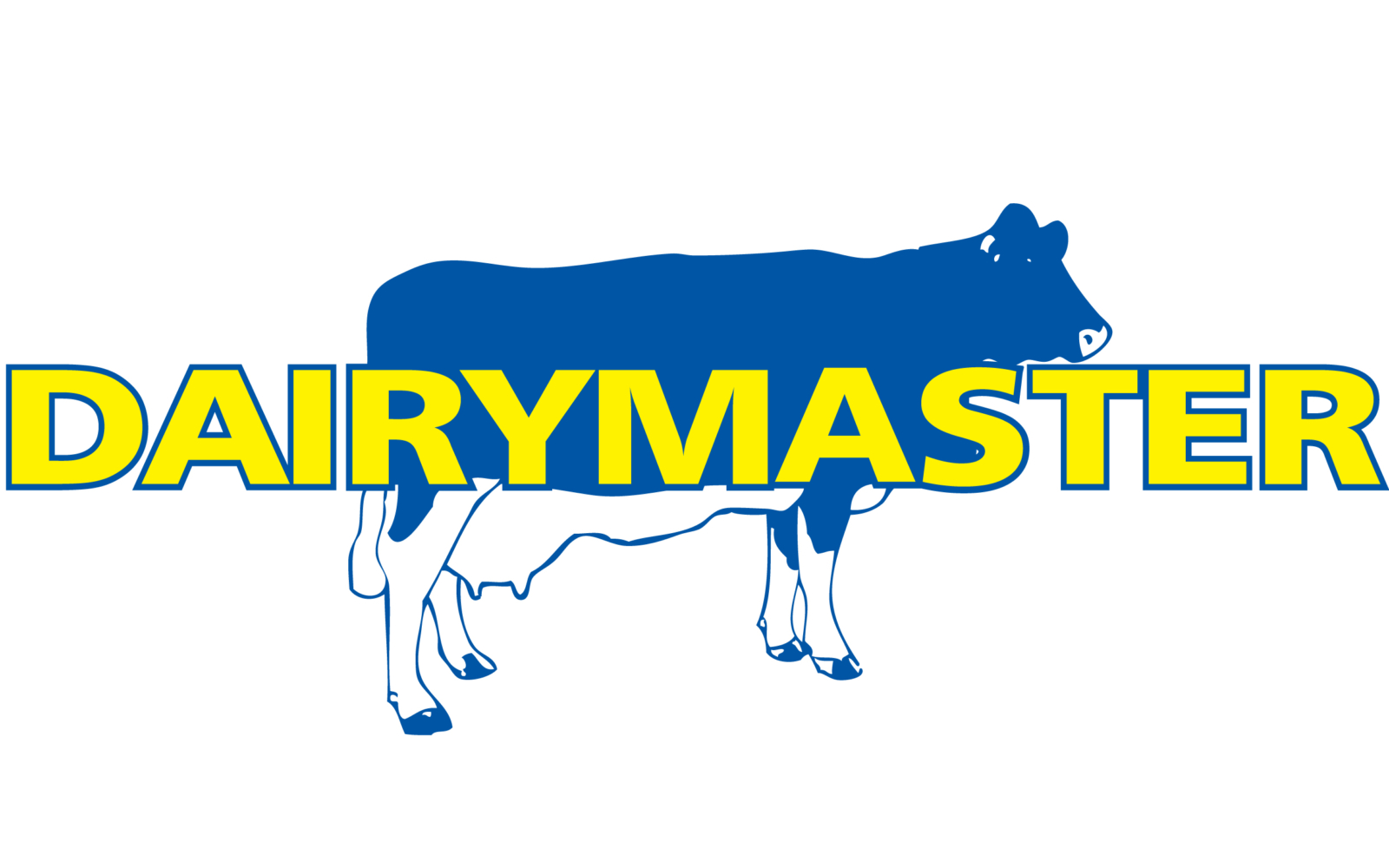What is current milk performance looking like on farms?
Now we have entered the autumn months, a balance has to be struck between driving milk performance and building farm covers.
Growth rates are still very strong, with grass growing at about 70kg of dry matter (DM)/ha/day which has seen a lot of mowers, rakes, and balers out in fields taking out surplus paddocks.
As a result of these strong growth rates and farmers keeping on top of grass quality, milk performance seems to be holding reasonably well.
The average farm diet is still about 15.5kg DM intake per cow of grass and 3-3.5kg of meal, which is driving a decent performance.
Pre-grazing yields are being held at just over 1,500kg DM/ha, meaning there is still room to improve the quality cows are going into.
In order to maximise performance at this stage of the lactation, farmers need to make sure cows are going into covers of about 1,400kg DM/ha, when the grass is at its three leaf stage, as this will drive protein and milk milk volume.
For farms that have a surplus of grass, the rotation needs to be shortened in order to increase the demand. Taking out bales now is the best option to shorten the rotation and keep quality ahead of cows.
As we get past the middle of August, farmers need to be looking at extending the rotation to build covers, so these paddocks need to be taken out as soon as possible to ensure regrowths and to have them back in the round.
There may not be many more opportunities to take out paddocks past this point, as farmers need to ensure that there is about 250kg DM/ha/cow by mid-to-late August with a rotation length of about 25 days to ensure covers are being built up.
Current milk performance
The latest data from the Irish Cattle Breeding Federation (ICBF) shows that 1,118,075 cows have been recorded so far in 2025, which is 1.1% ahead of the same period in 2024, where some 1,105,627 cows had been recorded.
Based on the data, 9,025 herds have completed a milk recording so far in 2025.
The number of herds that have recorded from July 29-August 8 was 885, which consisted of 100,785 cows' milk recorded, with the average herd size at 114 cows.
Average milk yield of these herds that milk recorded was 22.77kg/milk/cow with 4.09% fat and 3.58% protein, which equates to an average of 1.74kg/milk solids/cow/day at the moment.
According to ICBF data, cows peaked on average at 2.11kg/milk solids/cow/day during the week ending April 18, so considering this early peak, herds are maintaining their solids production relatively well and can be put down to the steady growing and weather conditions.
The average somatic cell count (SCC) for the herds recording in the past 10 days sits at 188,000 cells/ml. This has been creeping up over the last few weeks and is something farmers should be wary of.
Milk recording
Recording your milk can quite often be seen as a costly action (about €12/cow/year), and can disrupt the milking routine when time and labour may be short, but the benefits speak for themselves.
Regular recording will allow for constant tracking of SCC off each cow and identify repeat offenders. It could also decrease your herd’s SCC and improve your milk price, and will also generate a farm summary on mastitis control and areas to be improved.
It is particularly useful to see what cows are performing and what cows are not, in terms of milk production and milk hygiene and this can make breeding and culling decisions relatively easy and data driven.












